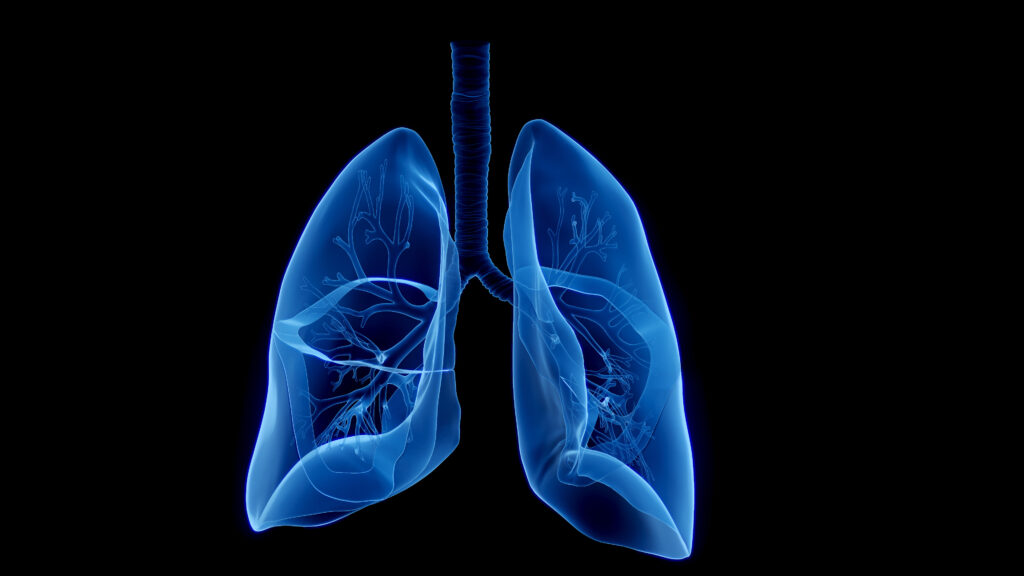Lung cancer remains the leading cause of cancer death in the US, accounting for an estimated 29 % of cancer deaths in 2009. Pneumonectomy or lobectomy with hilar and mediastinal lymph node sampling is the gold standard treatment and offers the best option for curing stage 1/2 non-small cell lung cancer (NSCLC),1–5 Unfortunately, only 15 % of patients present with stage 1/2 disease, and many of these do not meet the pulmonary physiologic criteria for lobar resection. In addition to lung cancer, pulmonary metastases are present in 25–30 % of patients dying from all types of cancer. For some patients with oligometastatic pulmonary disease, metastectomy is associated with an improvement in survival. External beam radiation traditionally has been offered as the alternative to surgical resection for NSCLC or pulmonary metastatic disease. Unfortunately, the five-year survival following radiation for stage 1 and 2 NSCLC remains low at 15–20 %, with local recurrence being the most common type of failure.1–5
Thermal ablation offers an intriguing therapeutic option to improve local tumour control and survival in patients with early-stage NSCLC or with limited metastatic disease from non-lung primaries who are not candidates for surgical intervention, either because of poor cardiopulmonary reserve, anatomic constraints limiting resection, failure of traditional therapies or refusal of operative approaches. Thermal ablation has been shown to be effective in treating tumours in bone, kidney and liver. This article offers a clinical update on performing thermal ablation in lung tissue and reviews the current literature regarding microwave (MW) ablation therapy in the lung.
The evolving field of pulmonary interventional oncology can only be considered as a small integrative part in the complex area of oncology. The new field of interventional oncology needs adequate knowledge of the therapeutic tools, advantages and limitations of each method, when and how to apply them, as well as of the new integrative protocols that improve their efficacy. In recent years, several new minimally invasive techniques for the non-surgical treatment of lung malignancies, including percutaneous image-guided ablation therapy, have been developed and refined. Since the first reported use of thermal ablation for lung cancer in 2000, there has been a huge increase in the use of the procedure.6–9
To view the full article in PDF or eBook formats, please click on the icons above.















